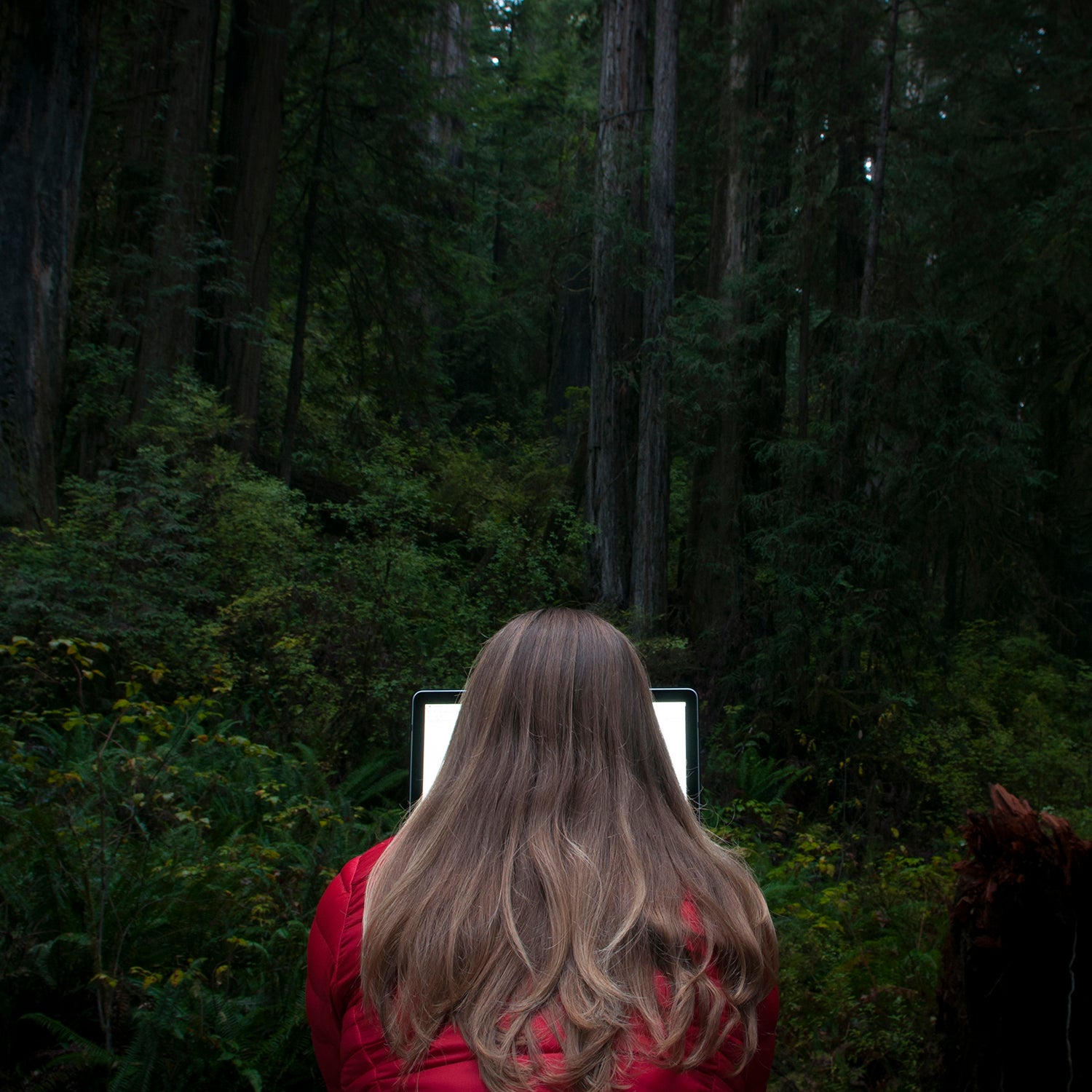Earlier this year, a reader wrote to ║┌┴¤│ď╣¤═° asking about the tech our editors┬áuse when theyÔÇÖre┬áworking on the road. To find out, I asked several staffers, all of whom travel throughout the year,┬áto name their most important off-the-grid tools.┬á
iXCC 10-Foot iPhone Charging Cord ($12) 
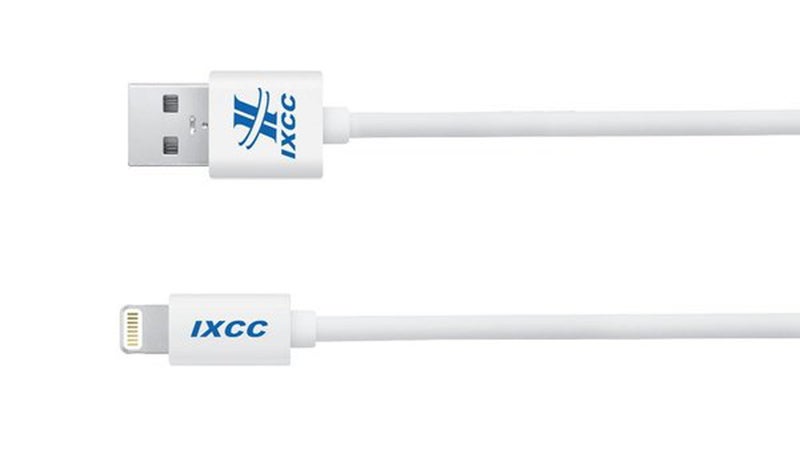
Associate travel┬áeditor Chris Cohen uses this ten-foot cord at┬áthose tall, crowded airport charging stations because it lets him plug in and┬ásit down┬áaway from the hordes of fellow chargers. He also likes it for hotels┬áwhere the only outlet is across the room from the bed. ÔÇťI like to read and send emails before I go to sleep, so being able to reach an awkward outlet and still lie around is nice,ÔÇŁ Cohen says.
Moleskine Notebook ($20) 
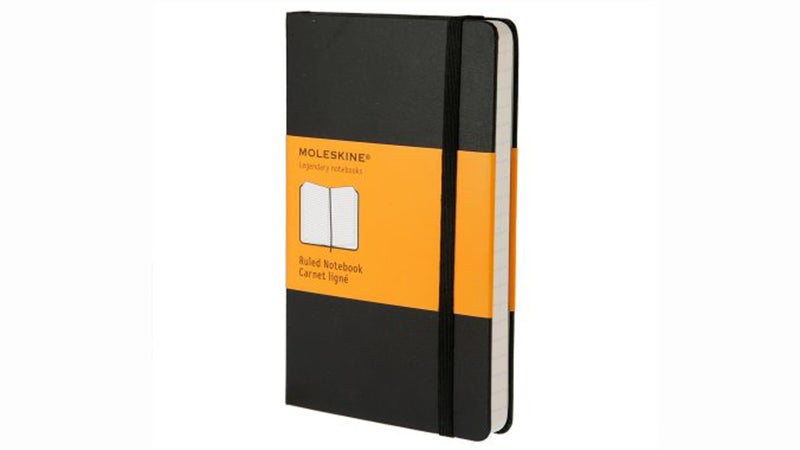
Assistant editor Wes┬áJudd refuses to use technology on a plane since┬áitÔÇÖs one of the few places he can disconnect. Instead, he catches up on his magazine subscriptions and brainstorms in a Moleskine. ÔÇťI find thereÔÇÖs something therapeutically productive about writing ideas down on paper, giving it a sense of permanence,ÔÇŁ he says. ÔÇťI can go back and trace my thought process, which isnÔÇÖt possible, say, when IÔÇÖm constantly adding and deleting things in a Google doc. I have some of my best work ideas on planes┬áwhen itÔÇÖs just my Moleskine and me.ÔÇŁ
Mophie Powerstation XXL ($100) 
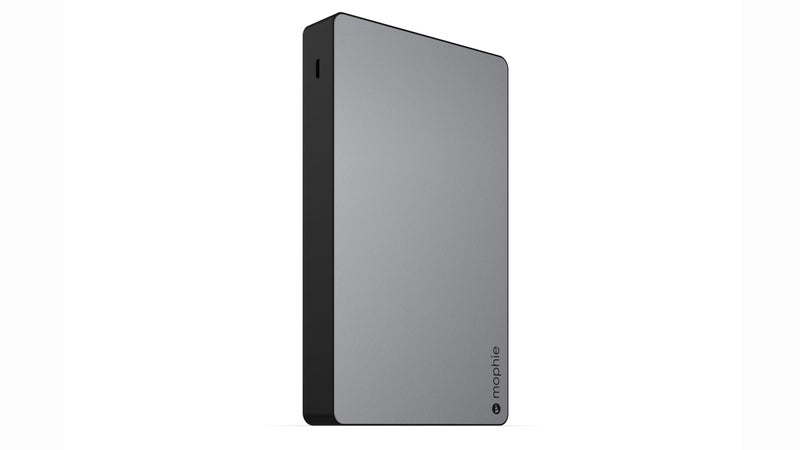
When executive editor┬áAxie Navas┬átravels for work, sheÔÇÖs constantly using her phoneÔÇöresponding to Slack messages, checking email, and catching up on the┬áNew York Times. All of which drains her phoneÔÇÖs battery. ÔÇťWhen IÔÇÖm at Outdoor Retailer or going from airport to airport, I like having an extra 100 hours (totally insane) of power┬áin my pocket,ÔÇŁ┬áshe says.┬á
Sony M-470 Microcassette Recorder ($370)
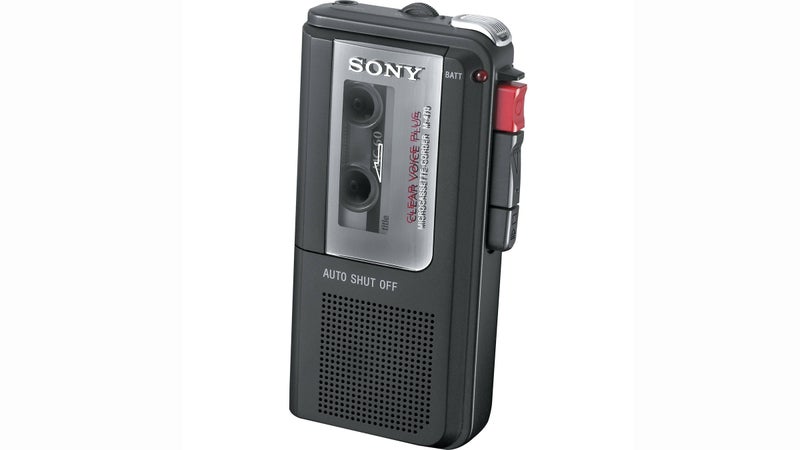
Assistant editor Erin┬áBerger has used an M-470 since high school to record interviews and dictate notes. ÔÇťI know there are digital versions of this, but IÔÇÖd argue the cassette recorder has its perks,ÔÇŁ she says. ÔÇťItÔÇÖs dependableÔÇöit hasnÔÇÖt broken down once. ItÔÇÖs unassuming, it auto-pauses recording during lulls to save tape space, and itÔÇÖs much harder to record over a microcassette by accident.ÔÇŁ
Patagonia Black Hole Pack 32L ($150)
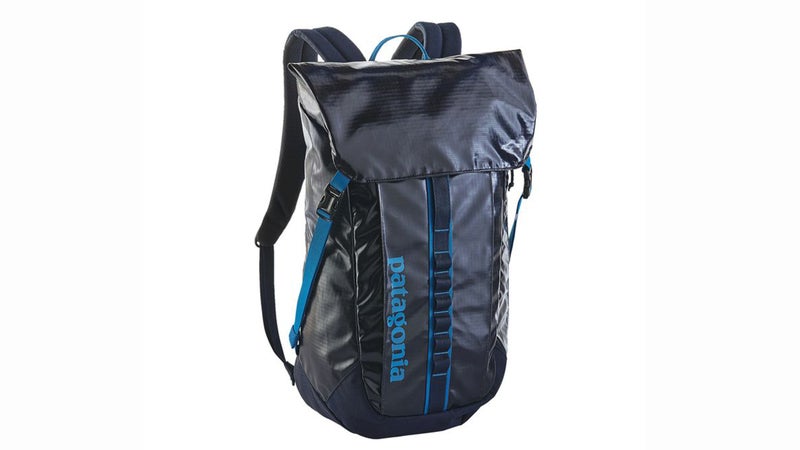
Associate editor Jakob┬áSchiller likes the Black Hole┬ábecause itÔÇÖs thoughtfully┬áorganized. ÔÇťThereÔÇÖs a huge, full-length zipper along the side, so I can immediately get at my laptop┬áplus whatever kit I have buried at the bottom,┬álike my rain jacket. I also like that, like a roll-top bag, the upper section expands, so I always have extra capacity. Minimalist hip and sternum straps donÔÇÖt add unnecessary weight┬ábut keep the bag secure when IÔÇÖm riding my bike or running through airports, and the outside keeps everything dry if I get caught in a rainstorm.ÔÇŁ┬á┬á
Gerber Shard Key Chain Multitool ($7)
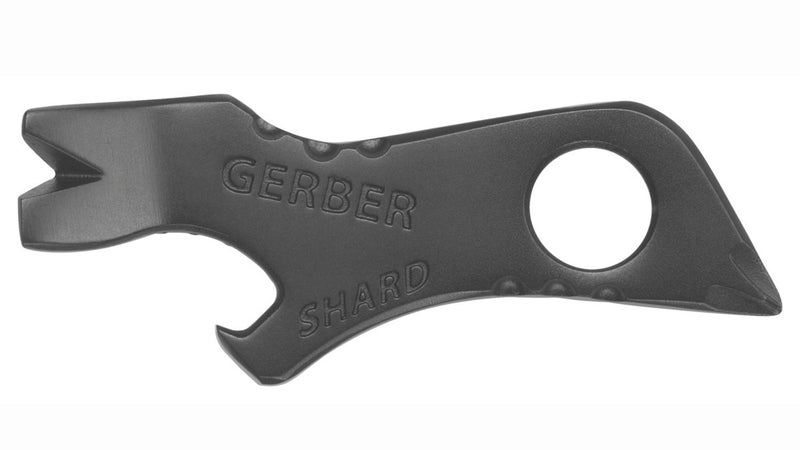
Assistant editor Will Egensteiner, who edits gear for the magazine, is always opening new packages, even on the road. He carries the Gerber Shard, which helps rip through packing tape and, most important, is TSA approved. 


